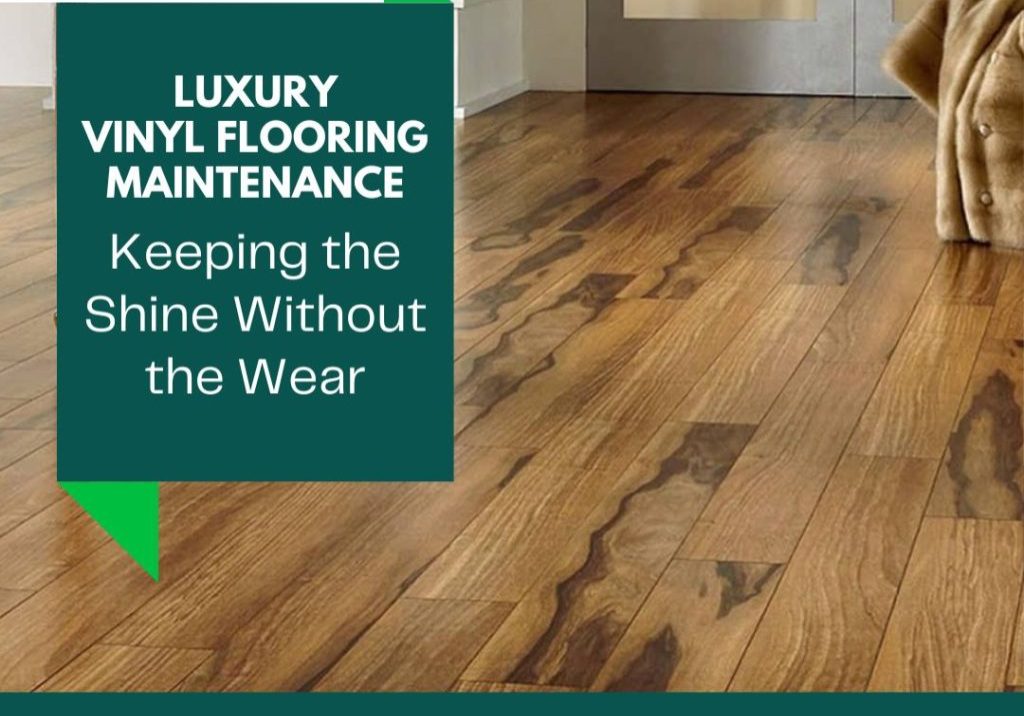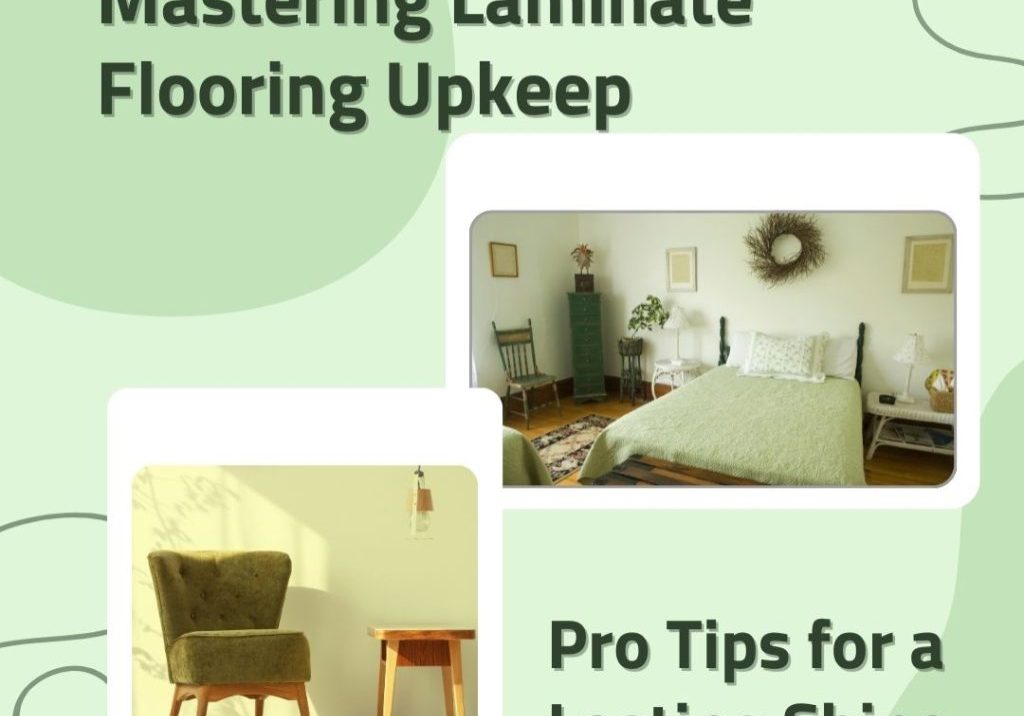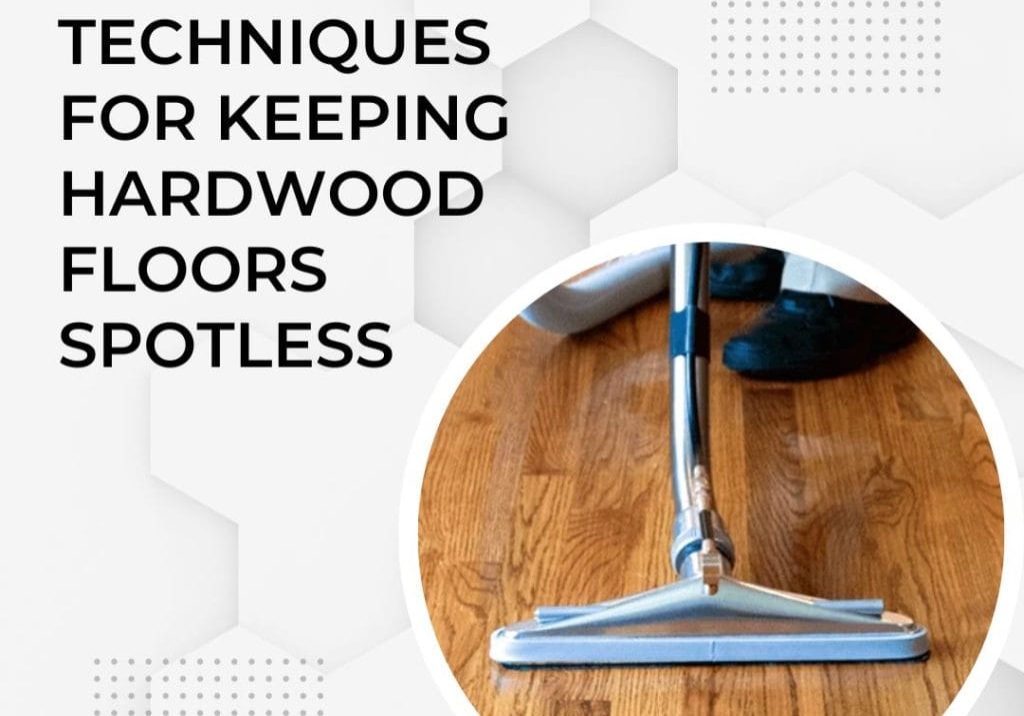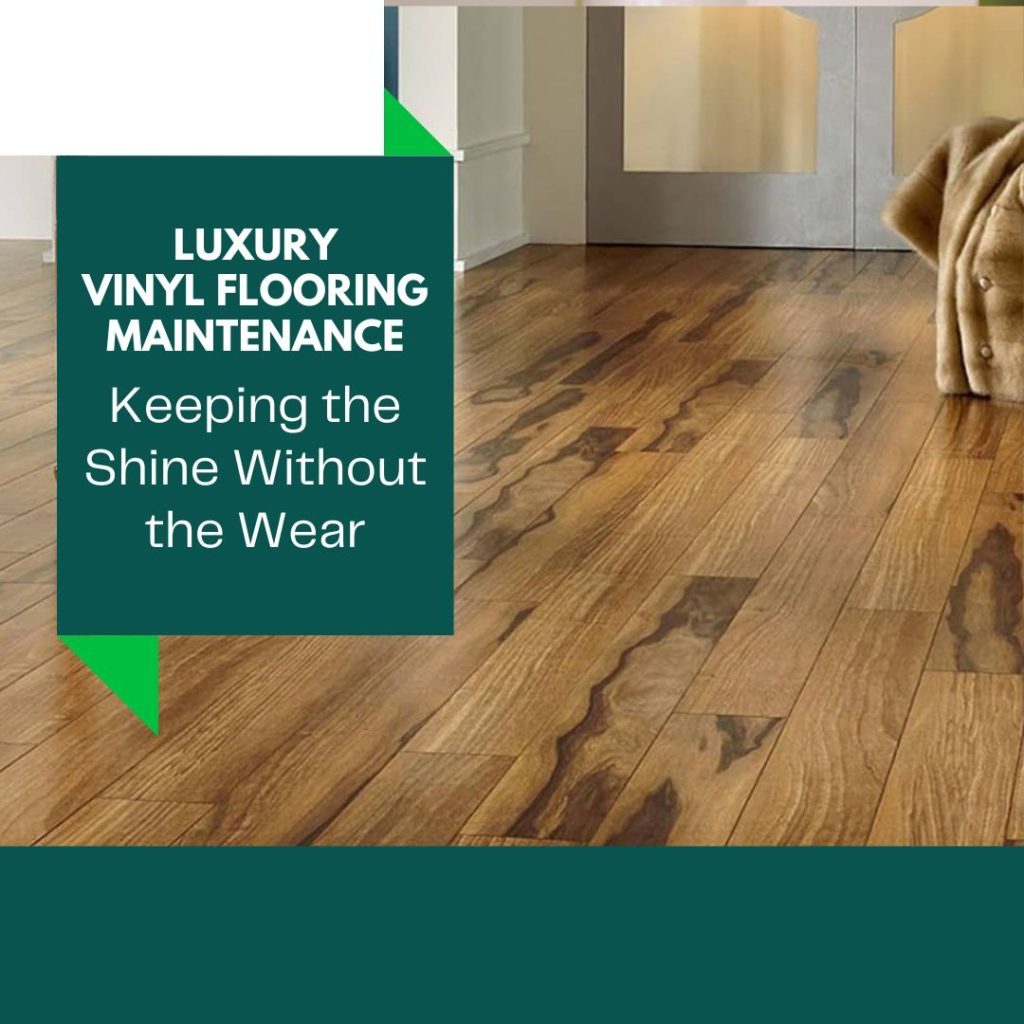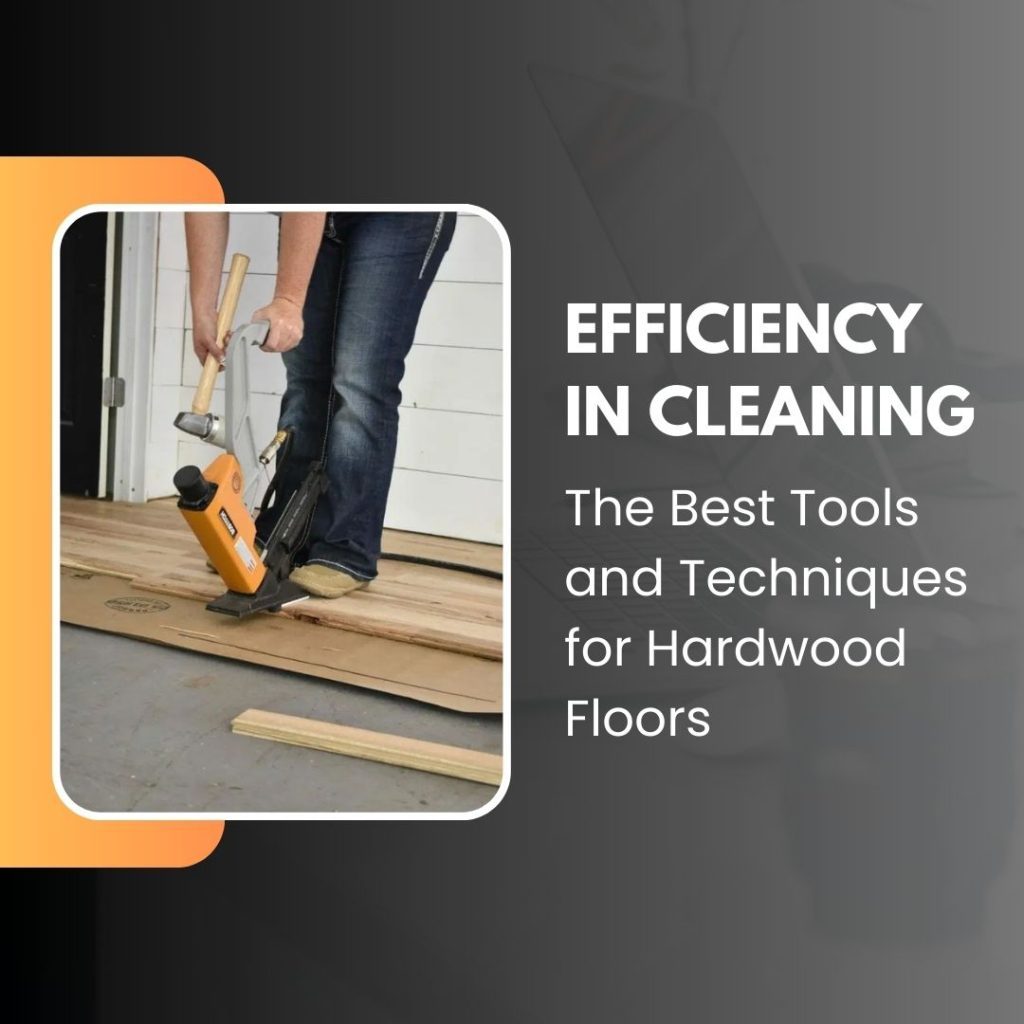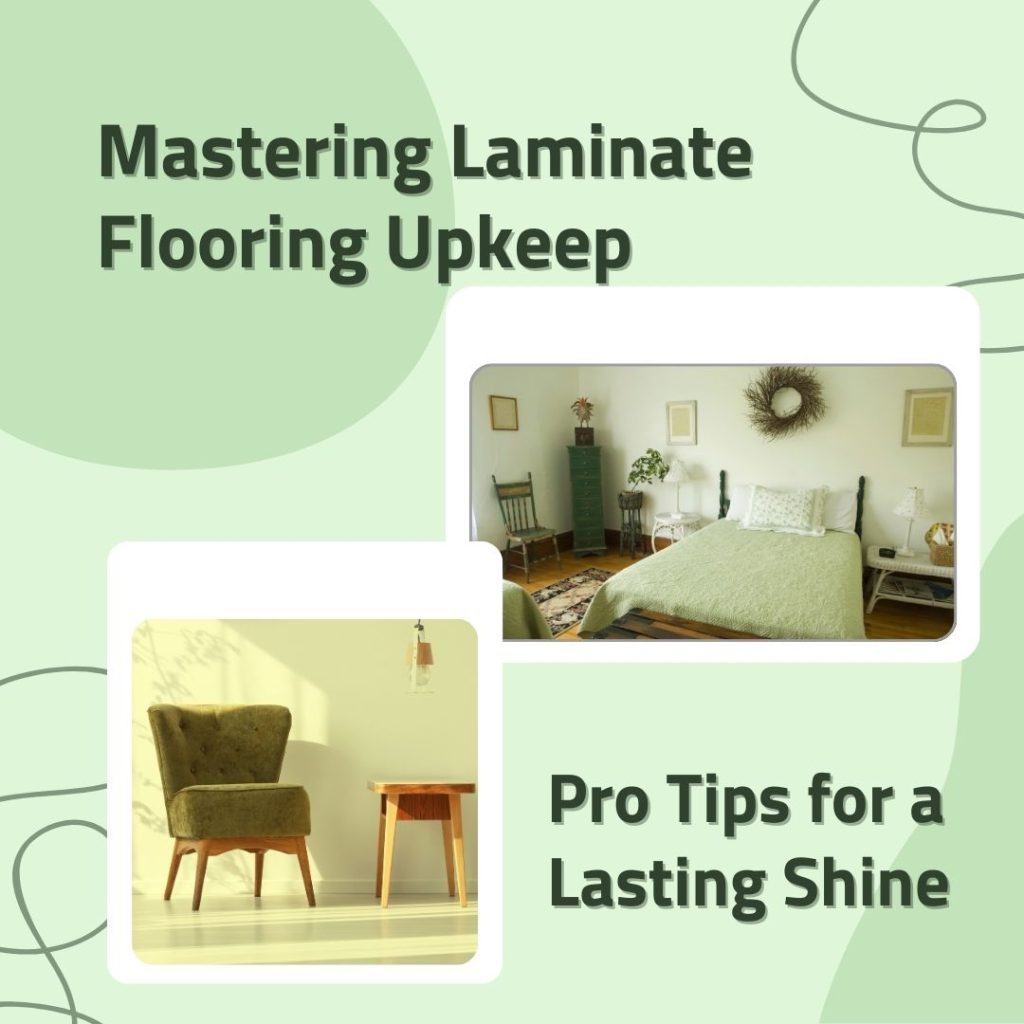In the world of business, first impressions matter significantly. This is especially true for small to medium business owners who understand the importance of maintaining a pristine aesthetic in their establishments. Part of this involves proper hardwood floor maintenance. Hardwood floors often serve as a striking feature in many commercial spaces. However, it’s common that these floors can get scratched, marring their otherwise perfect appearance. That’s why knowing how to repair scratched hardwood floors becomes essential. This guide aims to provide comprehensive solutions to help you restore the luster and beauty of your hardwood flooring.
Understanding Scratch Types and Severity
Understanding the types and severity of scratches on your hardwood floors is the first crucial step in the repair process. Differentiating between a minor surface scratch and a deep gouge will determine your approach to restoring your floors to their original glory. Let’s delve into how to identify and categorize these scratches.
Classification: Surface Scratches vs. Deep Gouges
Light surface scratches are minor blemishes that affect only the sealant layer without reaching the actual wood. They are often caused by everyday wear and tear, and their repair is relatively straightforward. On the other hand, deep gouges penetrate the protective finish and dig into the wood itself. These severe scratches generally result from heavy furniture movement or accidents, and their repair often necessitates more effort and specific tools to restore the flooring’s beauty.
The Impact Of Scratch Types
The type and severity of scratches on your hardwood floors significantly impact the repair methods and techniques needed, dictating everything from the tools you’ll use to the time and cost involved in restoring your floors.
Preparing the Floor for Repair
Before delving into specific procedures for repairing scratched hardwood floors, it’s critical to properly prepare the floor for the repair process. This preparation step not only ensures a smooth application of repair techniques but also safeguards the unaffected areas of the floor from potential damage.
Floor Cleaning and Preparation Steps Before Repair
Begin by sweeping or vacuuming the floor to remove any loose debris that could interfere with the repair process. Next, thoroughly clean the area with a mild, hardwood-friendly cleaner with a damp mop. Ensure the floor is completely dry before proceeding to prevent water damage. Lastly, use fine-grit sandpaper to lightly scuff the scratched area, allowing the repair treatment to adhere better. Proper preparation is key to a successful hardwood floor repair.
Importance of a Clean Work Area for Effective Repair.
Maintaining a clean work area is essential for effective hardwood floor repair. It ensures no foreign particles interfere with the repair procedure, preventing additional scratches or damage. Furthermore, a clean area allows for a more accurate assessment of the scrapes and ensures the repair materials adhere properly, resulting in a flawless finish.
DIY Solutions for Light Surface Scratches
Light surface scratches on hardwood floors, while not as severe as deep gouges, can still detract from the overall beauty of your establishment. Thankfully, numerous DIY solutions are available that are both cost-effective and straightforward. In the following section, we’ll explore several techniques to repair these scratched hardwood floors, helping you maintain the pristine appearance of your business environment.
Home Remedies: Nuts, Oils, And Household Items.
Several home remedies can effectively address light surface scratches on hardwood floors. One such treatment is using certain nuts, like walnuts or pecans. Rubbing the meat of these nuts into a scratch can help fill and color the mark, as the natural oils work to seal the blemish. Another remedy involves using household oils such as olive oil or baby oil. Applying a small amount of oil and then rubbing it into the scratch can help diminish its visibility. Additionally, common household items like baking soda mixed with water can create a paste that can aid in its concealment when applied to the scratch. These methods are simple, cost-effective, and can help maintain the appearance of your hardwood floors.
Commercial Products: Stain Markers And Wax Sticks.
Commercial products such as stain markers and wax sticks can be invaluable for more stubborn surface scratches. Stain markers work like regular markers, but they’re filled with stains to match various wood shades. They effectively camouflage scratches, blending them into the surrounding wood. Wax sticks, resembling crayons, are employed to fill and level the scratch, restoring the floor’s smooth surface. These products are more durable and readily available in home improvement stores.
Guide to Color and Grain Matching for Repairs
- Color Matching: When selecting a repair product like a stain marker or wax stick, choose a color that closely matches your floor’s shade. It may be beneficial to test on a hidden area first.
- Grain Direction: Always work toward the wood grain when repairing a scratch. This helps blend the repair with the rest of the floor.
- Blend Gradually: Apply the repair product gradually, blending outward to seamlessly integrate the repair with the surrounding wood.
- Finish Layer: Apply a final sealant layer to protect the repair and mirror the floor’s sheen.
Addressing Deep Gouges and Scuffs
Deep gouges and scuffs on hardwood floors can be particularly challenging, but they can be effectively repaired with the right approach and tools. This section will guide you through comprehensive methods to repair these more substantial damages, restoring your hardwood floors to their former luster.
Wood Filler Usage and Application Method
Wood filler becomes necessary when dealing with deep gouges penetrating the floor’s finish and reaching the wood. It helps fill the void and level the surface. To apply it, clean the area and apply the filler using a putty knife, smoothing it flush with the floor. Allow it to dry according to manufacturer guidelines before sanding it smooth and applying a matching stain or finish.
Techniques for Sanding and Refinishing Severe Damage
For severe damage, sanding and refinishing become necessary. Start by sanding the area around the scratch, progressing from coarse to fine-grit sandpaper. This removes the damaged finish and smoothens the wood. Next, apply a matching stain to the sanded area, blending it with the surrounding floor. Finally, use a protective finish layer to restore the floor’s shine and protect it from future damage.
Color Matching and Blending for a Seamless Finish.
Successful hardwood floor repair hinges on color matching and blending. Choose a stain that closely matches your existing floor color. It’s advisable to test the stain on a hidden area first to ensure a perfect match. Once applied, blend the stain with the surrounding area for a seamless finish. This process masks the repaired zone, restoring the uniform appearance of your floor.
Choosing the Right Repair Materials
Choosing the right materials is a key step in hardwood floor repair. This section will discuss various repair products and tools and guide you in selecting the most suitable ones for your situation.
Selecting Wood Fillers, Stains, and Finishes.
Choosing the right wood filler involves matching it to your floor’s color and wood type. Stains, too, should closely match your existing floor shade; always test in a hidden area first. Consider your floor’s original finish — glossy, semi-gloss, or matte. Pick a finish that matches this sheen to ensure your repaired area blends seamlessly with the rest of your floor. Always prioritize quality when choosing these repair materials.
Importance of Testing Products
Testing repair products in inconspicuous areas is crucial to seamless hardwood floor repair. This strategy allows you to verify the product’s compatibility with your floor’s color and finish before proceeding with the full restoration. By doing this, you can avoid potential mismatches or adverse reactions that could lead to further damage or unsightly results on more visible sections of your floor.
Preventive Measures To Protect Hardwood Floors
Preventive measures are vital to maintaining the pristine appearance and extending the life of your hardwood floors. Let’s discuss the strategies and practices that can keep your floors looking their best, minimizing the need for extensive repairs in the future.
Routine Maintenance for Scratchless Floor
- Regular Cleaning: Sweep or vacuum your hardwood floors frequently to remove debris that could scratch the surface. Avoid using abrasive cleaners that can damage the finish.
- Use Protective Pads: Place felt pads or rubber protectors under furniture legs to prevent scratching when furniture is moved.
- Avoid High Heels and Pet Claws: High heels and pet claws can cause deep scratches. Restrict these from your hardwood floors where possible.
- Area Rugs: Utilize area rugs or runners in high-traffic areas to reduce wear and tear.
- Promptly Repair Damages: Repair minor scratches promptly to prevent them from worsening.
Protection for Furniture and High-traffic Areas.
Protecting your furniture and high-traffic areas is critical in maintaining hardwood floors. Use furniture coasters under heavy pieces to distribute weight and prevent dents. Install quality mats or rugs at entrances and other high-traffic zones to minimize dirt and grit that can scratch floors. Regularly rotate rugs to ensure even wear and tear across the floor surface.
Calling in the Professionals
While minor scratches and damages can often be handled with DIY methods, there are situations when it’s best to call in professional hardwood floor repair services. This section will guide you in recognizing when professional help is necessary to restore the beauty and integrity of your hardwood floors.
Scenarios for Professional Help
If the damage to your hardwood floor extends beyond surface scratches and includes deep gouges, warping, or discoloration, it might be time to consult a professional. Additionally, if the affected area is extensive or involves intricate patterns or inlays, professional expertise will ensure the preservation of your floor’s overall aesthetic and craftsmanship.
Benefits of Consulting Professional
Professional refinishing services offer expert craftsmanship and high-quality results. They have the experience and tools to treat extensive damages and complicated patterns. Professionals can match stains perfectly and provide a finish that seamlessly blends with the rest of your floor. Their expertise ensures your hardwood floor’s longevity, preserving its original charm and value.
Conclusion: Maintaining the Elegance of Hardwood Floors
Understanding how to repair scratched hardwood floors is essential in preserving the aesthetics and elegance of your business establishment. Timely and appropriate repairs restore the beauty of your floors and save you considerable expense in the long run. Consistent care and maintenance, such as regular cleaning, using protective aids, and promptly addressing minor damages, can greatly prolong the lifespan of your hardwood floors. Keep your business space looking its best by investing time and effort in proper hardwood floor care and maintenance – a small step that makes a big difference.

